Araragi-gawa Power Station
There is another power station on the opposite bank of the Yomikaki Power Station in the town of Nagiso.
The power station, which can be seen from National Route 19, is called the Araragi-gawa Power Station.
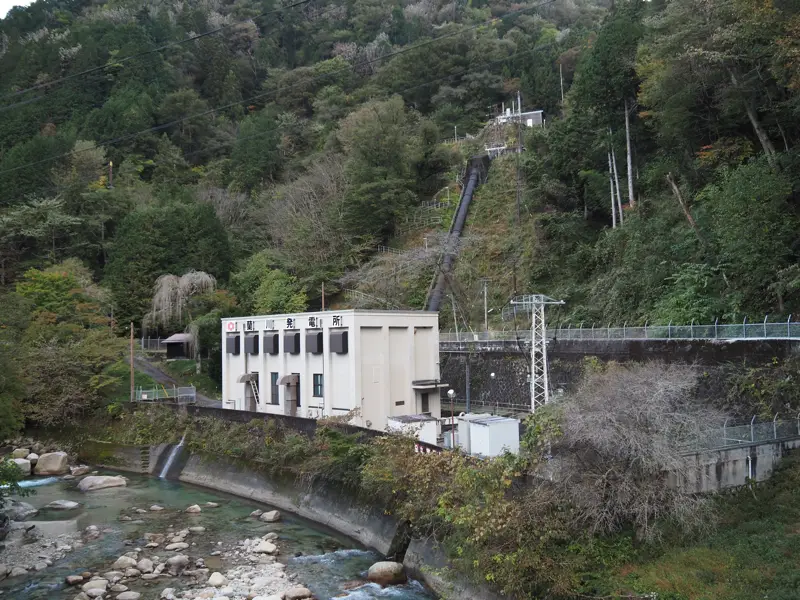
In front of the power station is the Araragi-gawa River, a tributary of the Kiso-gawa River, which is close to the confluence with the Kiso-gawa.
The power station was built in 1925 by Kiso Denki K.K. and is now managed by Kansai Electric Power Co.
The first company to obtain water rights to the Araragi-gawa River was Chuo Denryoku, which applied in 1906.
However, this was a shady enterprise, and none of the three founders of Chuo Denryoku had any experience in the electric power business, and they did not even have an office yet. In the end, Chuo Denryoku did not even build a power station, and lost its water rights in 1908.
Then in 1910, Kiso Denki K. K. applied for the water rights and was granted permission the following year.
Kiso Denki cooperated with Keihoku Denki (Gifu Prefecture) and decided to give priority to Keihoku Denki’s plan to construct the Kawaue Power Station. In 1912, the two companies merged. The merged company was named Kiso Denki. The head office was located in Sakashita Town, Ena County, Gifu Prefecture (now, Nakatsugawa City).
Kawaue Power Station was completed in 1913. And it was in 1916 that the power station supplied electricity to Azuma and Yomikaki villages, Nagano Prefecture.
However, since the Kawaue Power Station had enough electricity, Kiso Denki said it would return the water rights of the Araragi-gawa River. In the end, no power station was built on the Araragi-gawa River.
The third application for water rights was filed by Nagoya Dento Co., Ltd. in 1917. Nagoya Dento became Kiso Electric Steel Co., Ltd the following year and Daido Electric Power Company in 1921, which was led by Momosuke Fukuzawa.
However, Azuma Village requested the prefectural government not to grant the water rights to Nagoya Dento under strict conditions. It seems that the village wanted to give priority to Kiso Denki, which had a close relationship with the village.
Kiso Dento again submitted an application to the prefectural government in 1918 to build a power plant on the Araragi-gawa River. Regarding with the water rights for Araragi-gawa, there was another company that applied in addition to Nagoya Dento, but Azuma Village negotiated only with Kiso Denki, and in 1919, they agreed on the terms and conditions.
However, the prefectural government’s approval was not forthcoming, and it was not until 1922 that it was granted.
Construction began the following year, and the Araragi-gawa Power Station was completed in January 1925.
The power station as seen from Azuma-hashi Bridge.
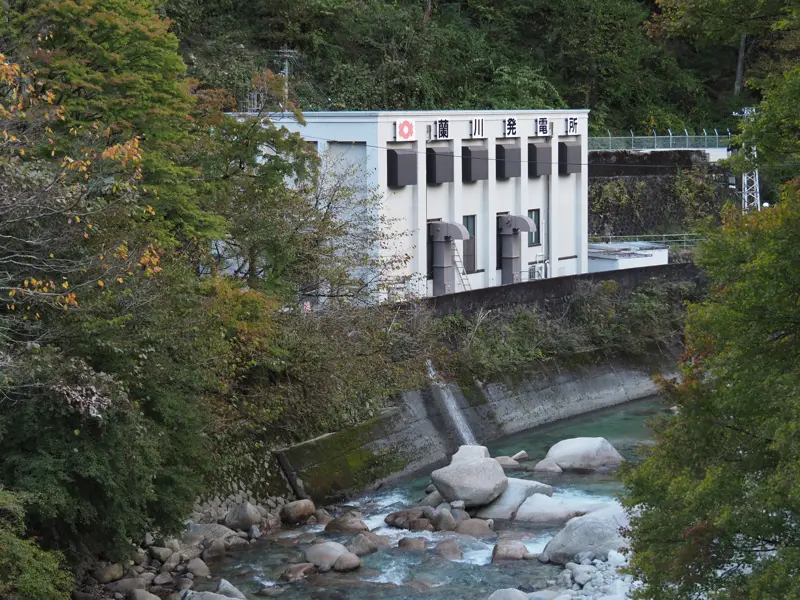
We can’t enter the property, but we can get close to it.
However, I am not sure if the road to this point is a public road or a private road. It used to be a national road, but the national road has been improved to pass on the north side of the Araragi-gawa River, and the old road is now a dead end.
The power station is closed and inaccessible, of course.
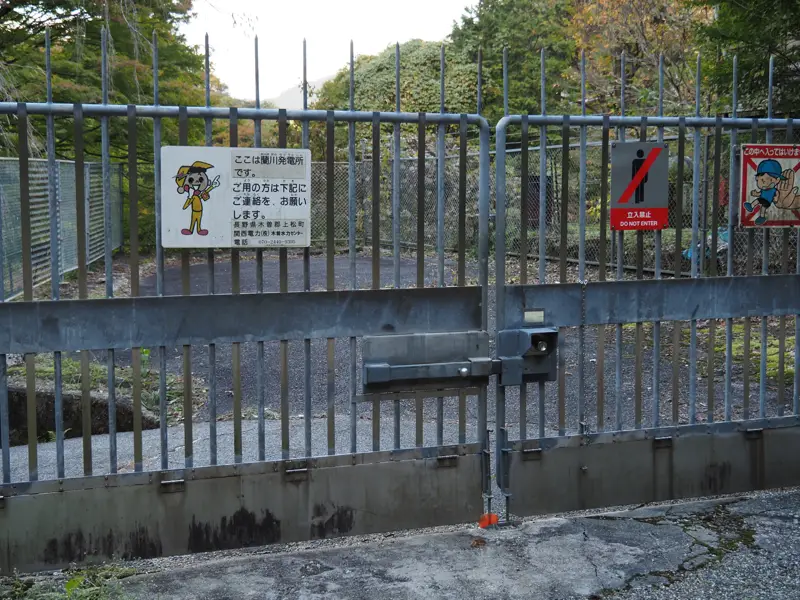
I photographed the building through the fence.

There was one hydraulic pipe, 101 m long, with a nameplate saying that it had been partially replaced in 1965 for repair.
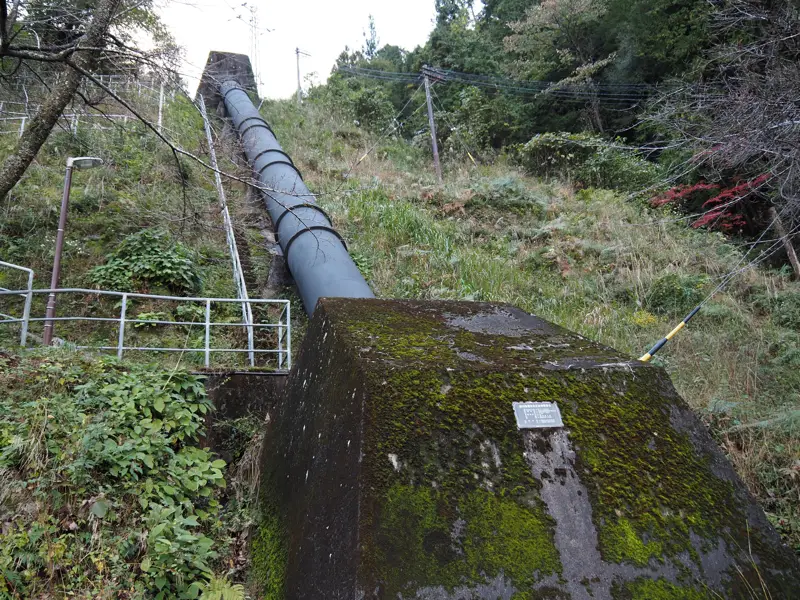
This power station takes water from the upper reaches of the Araragi-gawa River at Tsumago-juku.
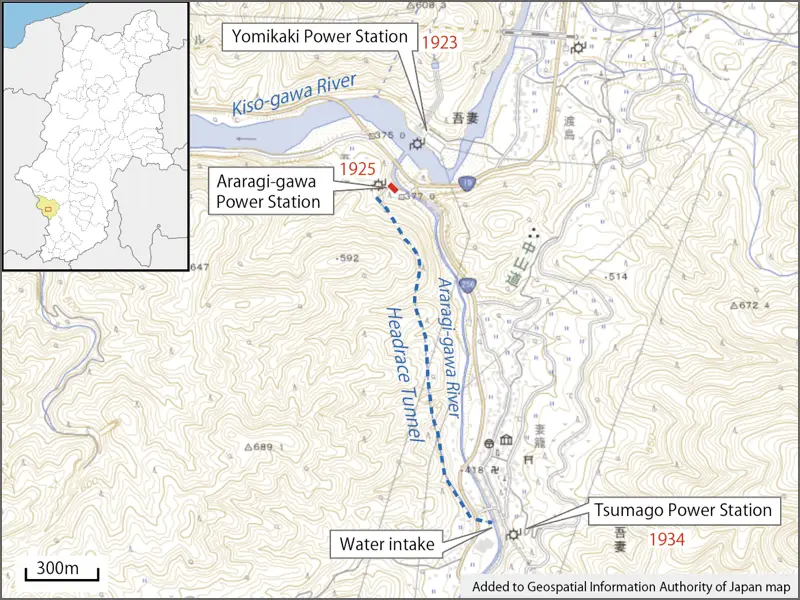
Kiso Denki K. K. was also dissolved in 1941 after its assets were transferred to Nippon Hassoden due to wartime power control.
After the World War II, it has been managed by Kansai Electric Power Co.
The Araragi-gawa Power Station had a problem again with water rights after the World War II.
When the water rights of the Araragi-gawa Power Station were to expire in 1960, KEPCO submitted an application for renewal in the previous year, but the local residents opposed the renewal.
This is the water intake at the Tsumago-juku.
The riverbed near the intake is raised by a weir for water intake.
(The Tsumago Power Station can be seen in the distance.)
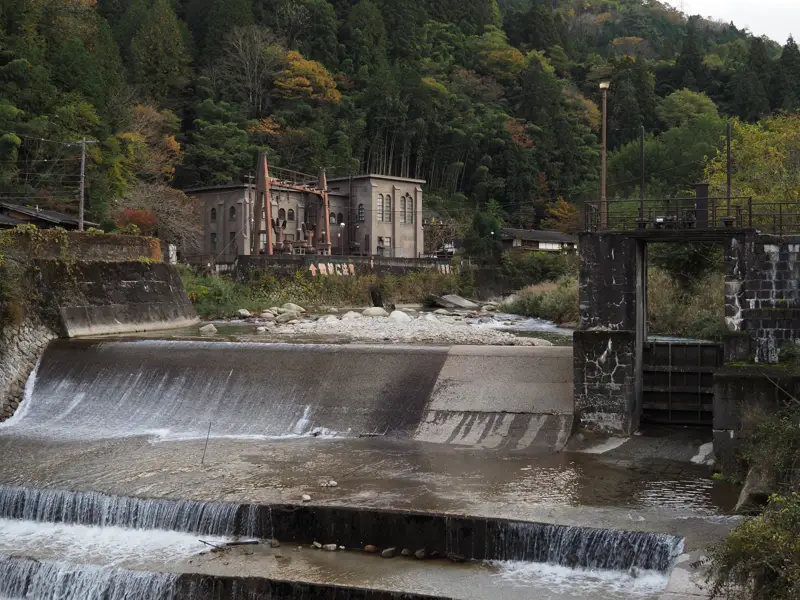
After receiving an application from KEPCO, the prefectural government asked Azuma Village. The village requested that the water intake weir be removed because the water surface would be higher during flooding.
The prefectural government issued an order to suspend water intake, and KEPCO prepared for a lawsuit.
In the end, after negotiations, the village agreed to extend the water rights on the condition that disaster prevention work be carried out and public compensation be paid.
At the time, the prefectural government granted permission for the water rights for power generation, but now the Ministry of Land, Infrastructure, Transport, and Tourism has jurisdiction.
The power station is still in operation.
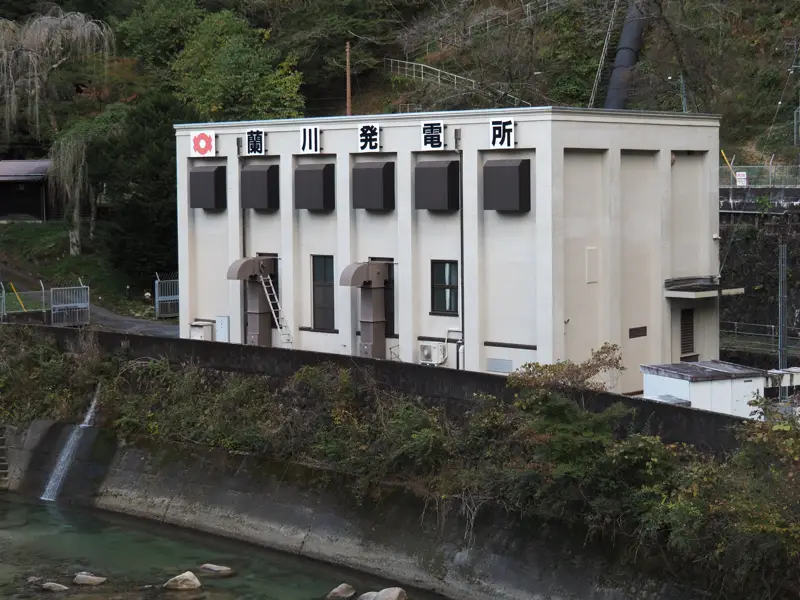
[Reference]
“Nagiso Town History, Overview of History" (Nagiso Town History Compilation Committee/1982)
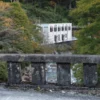
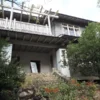
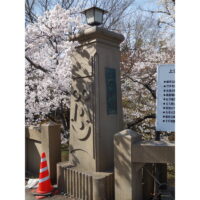
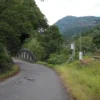
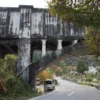
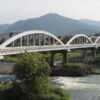
Discussion
New Comments
No comments yet. Be the first one!